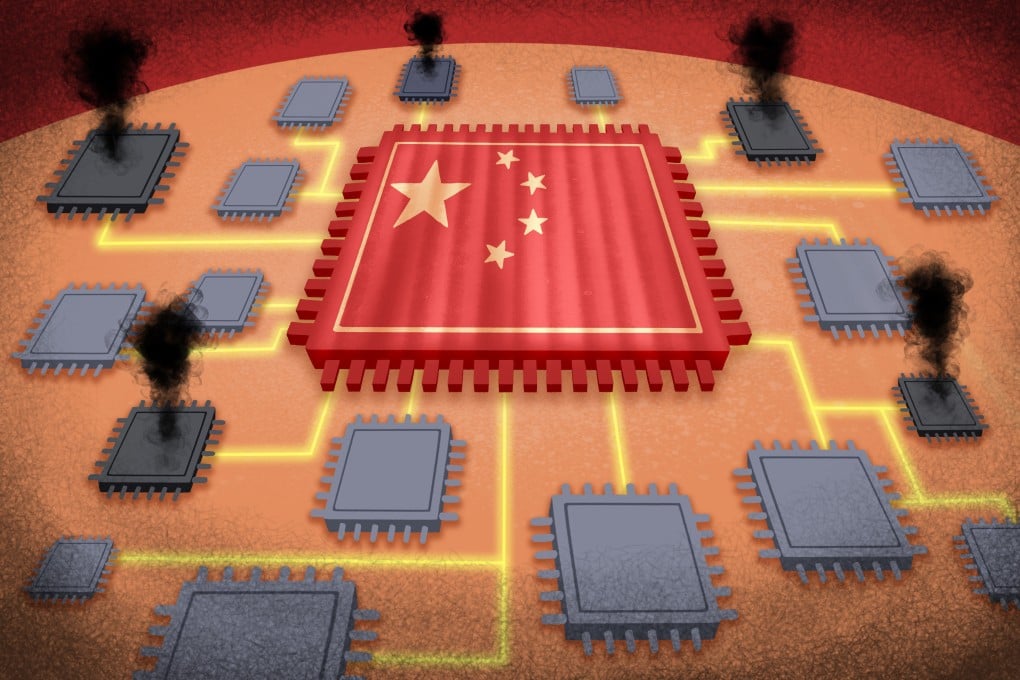China’s semiconductors: How Wuhan’s challenger to Chinese chip champion SMIC turned from dream to nightmare
- Hopes that the HSMC facility could still proceed faded after more than 240 employees were asked to resign by March 5
- The failure of HSMC was a setback but it won’t deter China’s push for self-sufficiency in chips, according to analysts

When Cao Shan promised he could build a chip plant to challenge China’s reigning chip champion, Shanghai-based Semiconductor Manufacturing International Corporation (SMIC), the Wuhan local government was quick to jump on board.
The promises of semiconductor glory were music to the ears of local authorities that had been trying to claim the high ground in China’s burgeoning semiconductor manufacturing industry. Their dream of claiming the number one spot, however, has over the past 12 months turned into a “nightmare” of unfulfilled promises.
On a rainy and windy Friday afternoon this month, the Hongxin Semiconductor Manufacturing Co (HSMC) campus in Wuhan was empty and silent. The difference from pre-pandemic times in late 2019 could not be more striking. “The streets were very crowded, full of all kinds of food stalls and all parking spaces were full,” a former HSMC employee told the South China Morning Post.
But it was not the pandemic that killed HSMC, once considered a rising star in China’s chip industry. The project broke ground in the capital city of central China’s Hubei province in early 2018. Backers boasted that the finished plant would produce 30,000 wafers a month, using advanced 14 nanometre technology for chips used in smartphones and smart cars, according to a cached version of the company’s now inactive website.
Three years after its birth, the pride turned to humiliation as the whole project was revealed to be built on broken promises, the latest in a string of scandals along China’s long road to chip autonomy, according to reporting by the Post based on visits to the campus, interviews with HSMC employees and its former chief executive, and a review of local media reports and government documents.

Cao and the other senior executives behind HSMC have since disappeared. Not a single chip has been produced by the project despite three years of investment. On the Post’s latest visit to the site, there were unfinished buildings with bare bricks and steel bars exposed, as well as prefabricated houses for workers, and wide but empty asphalt roads. The only people visible were some former employees seeking compensation after an abruptly announced dismissal plan.